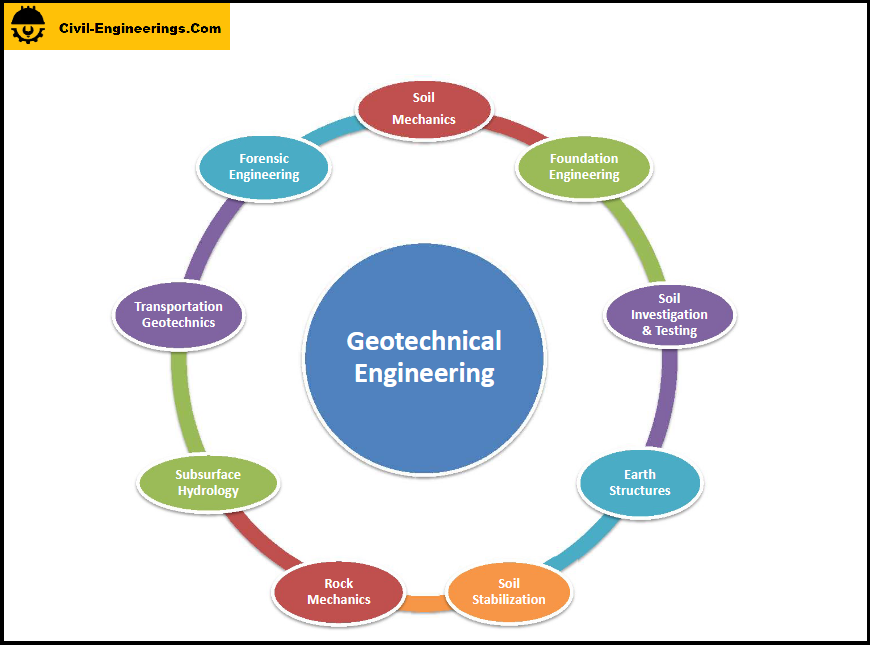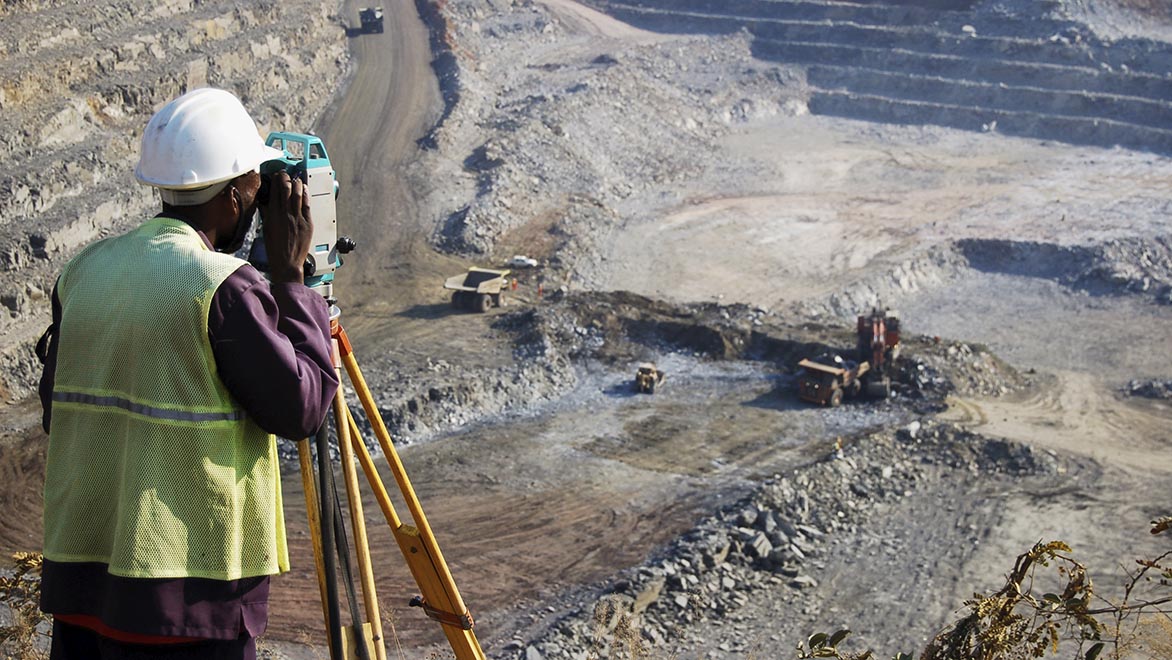The Facts About Specialized Geotechnical Engineering Solutions Uncovered
The Facts About Specialized Geotechnical Engineering Solutions Uncovered
Blog Article
The 8-Minute Rule for Specialized Geotechnical Engineering Solutions
Table of ContentsSpecialized Geotechnical Engineering Solutions for DummiesNot known Details About Specialized Geotechnical Engineering Solutions Specialized Geotechnical Engineering Solutions - TruthsIndicators on Specialized Geotechnical Engineering Solutions You Should KnowThe Ultimate Guide To Specialized Geotechnical Engineering SolutionsWhat Does Specialized Geotechnical Engineering Solutions Mean?
William Rankine, a designer and physicist, established an alternate to Coulomb's earth stress concept. Albert Atterberg developed the clay uniformity indices that are still utilized today for soil category. In 1885, Osborne Reynolds acknowledged that shearing causes volumetric extension of thick materials and contraction of loosened granular materials. Modern geotechnical design is claimed to have started in 1925 with the magazine of Erdbaumechanik by Karl von Terzaghi, a mechanical designer and rock hound. Terzaghi also developed the framework for concepts of bearing capability of structures, and the theory for prediction of the rate of settlement of clay layers due to loan consolidation. After that, Maurice Biot fully created the three-dimensional soil loan consolidation theory, expanding the one-dimensional design formerly established by Terzaghi to extra general theories and introducing the set of standard equations of Poroelasticity.
Geotechnical designers explore and determine the residential properties of subsurface problems and products.
The Only Guide to Specialized Geotechnical Engineering Solutions
Geologic mapping and interpretation of geomorphology are normally finished in examination with a rock hound or engineering rock hound. Subsurface expedition typically involves in-situ screening (as an example, the conventional penetration examination and cone infiltration test). The excavating of examination pits and trenching (especially for locating mistakes and slide airplanes) may additionally be utilized to learn concerning soil conditions at depth. Still, they are sometimes made use of to allow a rock hound or engineer to be reduced right into the borehole for direct visual and hand-operated evaluation of the dirt and rock stratigraphy. Different soil samplers exist to satisfy the needs of various engineering tasks. The common penetration examination, which uses a thick-walled split spoon sampler, is one of the most common means to gather disrupted samples.

If the user interface between the mass and the base of an incline has a complex geometry, slope security evaluation is tough and mathematical solution techniques are called for. Normally, the user interface's exact geometry is unknown, and a streamlined user interface geometry is thought. Finite slopes require three-dimensional versions to be evaluated, so most inclines are evaluated thinking that they are infinitely broad and can be represented by two-dimensional versions.
Some Known Factual Statements About Specialized Geotechnical Engineering Solutions

Measurement of amounts and assessment of real conditions. It is unsuitable for tasks whose style can not be changed during building and construction.
Principles of Geotechnical Engineering. Dirt Technicians and Foundations. Disturbed dirt you can look here buildings and geotechnical design, Schofield, Andrew N., Thomas Telford, 2006.
The Greatest Guide To Specialized Geotechnical Engineering Solutions
Concepts and Method of Ground Improvement. Ground Renovation Concepts And Applications In Asia. Design analysis in rock mechanics.
Cengage Discovering, Stamford, 666 p. Atkinson, J., 2007. The technicians of dirts and structures. Taylor & Francis, N.Y., 442 p. Floating Offshore Wind Generators: Actions in a Sea state Pareto Ideal Designs and Financial Assessment, P. Sclavounos et al., October 2007. Nicholson, D, Tse, C and Penny, C. (1999 ). The Observational Method in ground design principles and applications.
Specialized Geotechnical Engineering Solutions Fundamentals Explained
These reports are tailored to satisfy the certain demands of a project and consist of style specifications and guidance for the building and construction of a variety of manufactured frameworks. As providing consultancy services covering areas such as slope stability and load-bearing capacities for different materials, these designers take on study and growth tasks to boost techniques, tools, products expertise and evaluation covering entire lifecycles.
Engineering the buildings and technicians of rocks including the application of dynamics, fluid technicians, kinematics and product technicians. This brings with each other geology, soil and rock mechanics, and structural design for the design and building and construction of structures for an array of civil engineering projects. This area includes anticipating the performance of foundation dirt and rock to a tons imposed by a framework, while taking into consideration efficiency, economic climate and safety.
Rates of pay generally raise as your understanding and skills expand, with guidelines aiming to a graduate starting wage of between 18,000 and 28,000 per year in the UK. This climbs to 26,000 to 36,000 with a few years of experience and after that reaching 40,000 to 60,000+ for elderly, chartered or master designers.
Facts About Specialized Geotechnical Engineering Solutions Revealed
Nevertheless, with the appropriate application it is possible to grasp the occupation and gain access to see post a challenging yet gratifying and vital career. A rock hound would certainly require to re-train to come to be a geotechnical designer, although there is lots of cross-over between both occupations, which might make this less complicated. Geologists need to have an understanding of soils, rocks and other materials from a scientific perspective, while geotechnical engineers tale their understanding of matters such as soil and rock auto mechanic, geophysics and hydrology and apply them to engineering and environmental tasks.
When starting, these engineers will certainly have a tendency to work with less complex projects, developing knowledge and experience ready for even more tough job you can try here later on. Geotechnical designers have a tendency to specialise in particular areas as they grow in experience, focusing on certain frameworks such as trains, roadways or water. These engineers also deal with renewable resource, offshore and onshore oil and gas, nuclear power, and a lot more.
Report this page